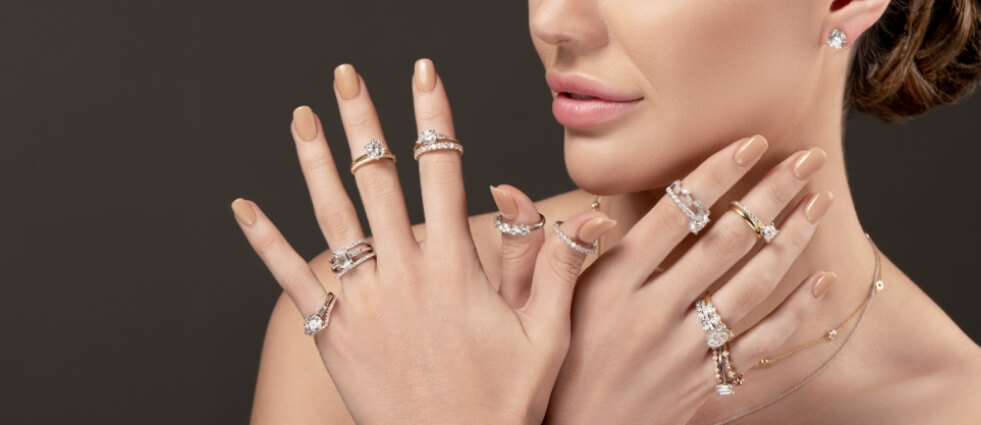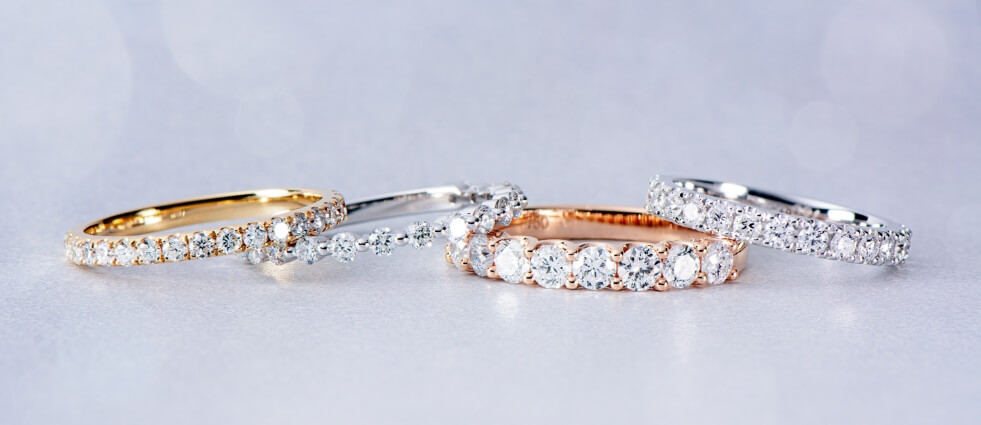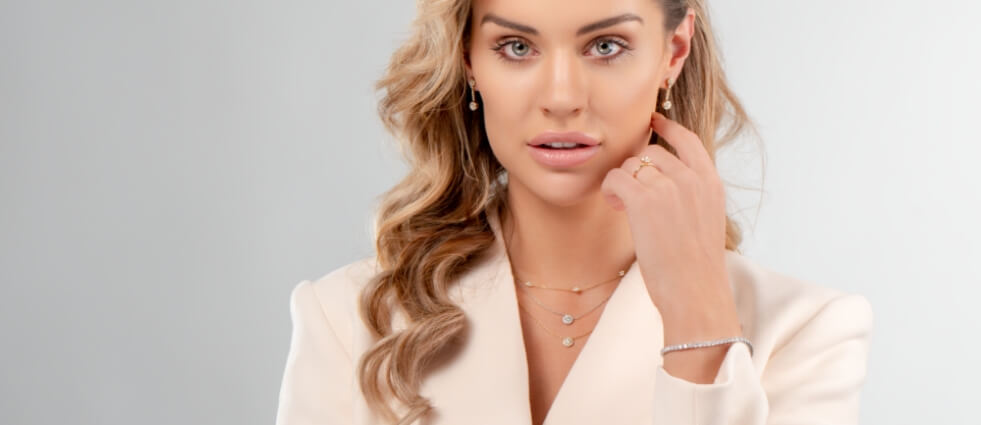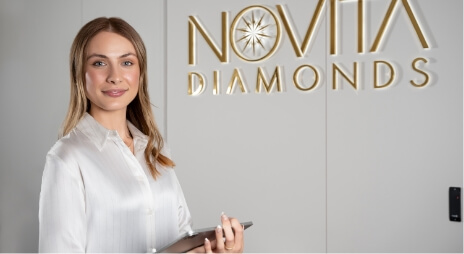Diamonds have become the #1 choice for engagement rings since the early 1900s when British company De Beers introduced diamonds to the world through one of their major marketing campaigns.
We're all familiar with a famous slogan "Diamonds are forever", which is one of the many that De Beers has been using throughout the decades of well-targeted marketing. Yet it was not just the marketing alone that did the job as a diamond is indeed the best stone we know. In this post, we'll cover all the major alternatives for diamonds known in the present times.
Why Diamonds?
Diamond is the strongest natural material known to humans which explains the saying "Diamonds are forever". These precious stones are superior in all aspects such as hardness, sparkle, brilliance, etc. But don't worry, we'll keep this brief and share why the other stones are not good options.
Tip: Even though diamond is the strongest material in the world, it must be treated with care. If you knock your ring a bit too hard, you could damage the girdle of your diamond or worse - lose the diamond at all since the safety mechanism of the setting could get battered as well.
Why not Moissanites?
Moissanites are not as hard as diamonds. In fact, diamonds are 4 times harder than moissanites.
These stones are not white. Most moissanites are low in colour on average when compared to a diamond colour grading. Most moissanites have a brown tint which really catches the eye in dim light as this tint makes them look dark.
Moissanites' sparkles are iridescent in colour. Diamonds' sparkles are white. Those rainbow-like sparkles do hit the eye and evoke the impression of costume jewellery.
Moissanites have double refraction. This means that when one looks at a moissanite from the top, they will see where the facets join. Thus, instead of seeing just one line - the join, there are two - two joins.








